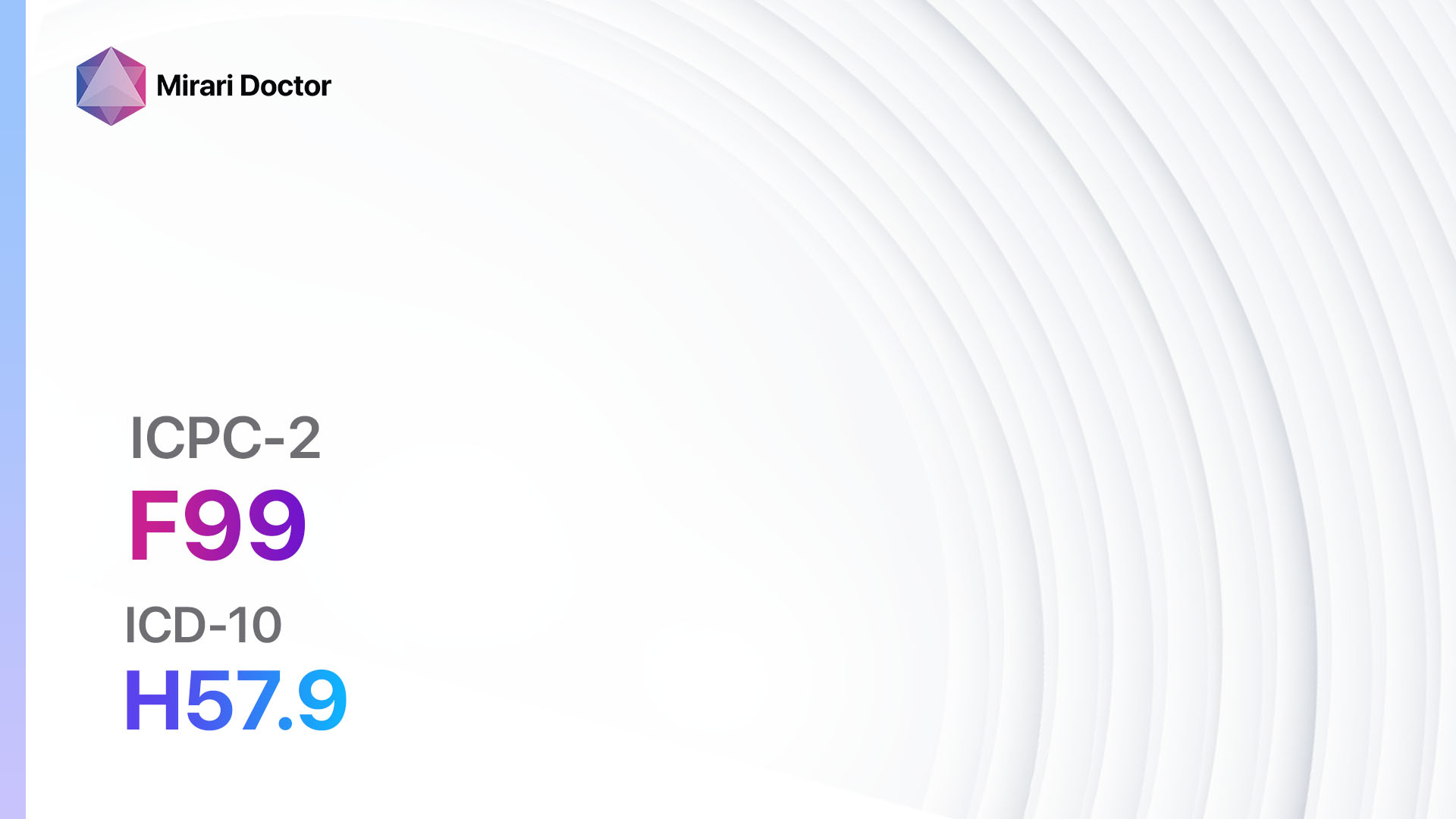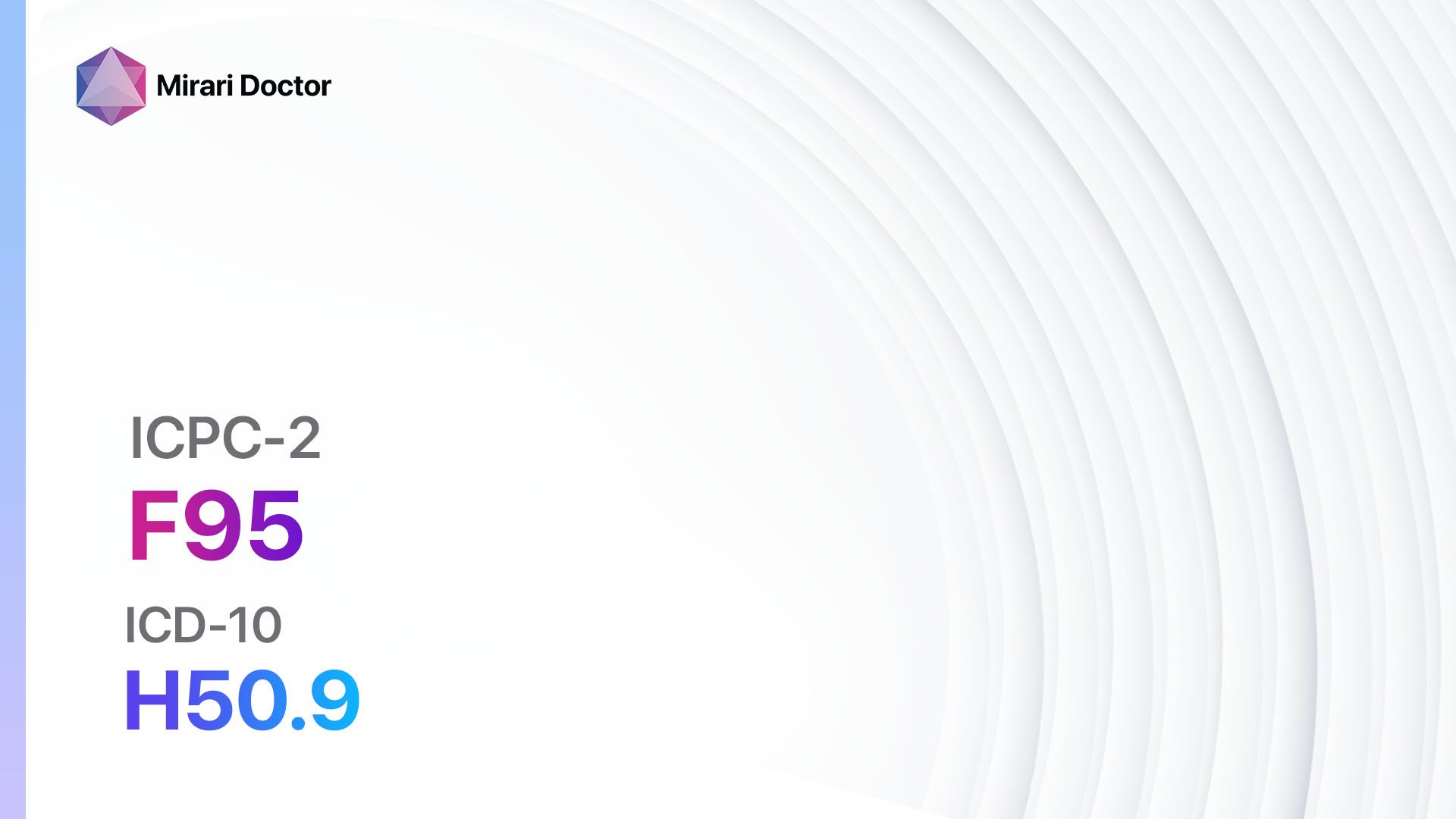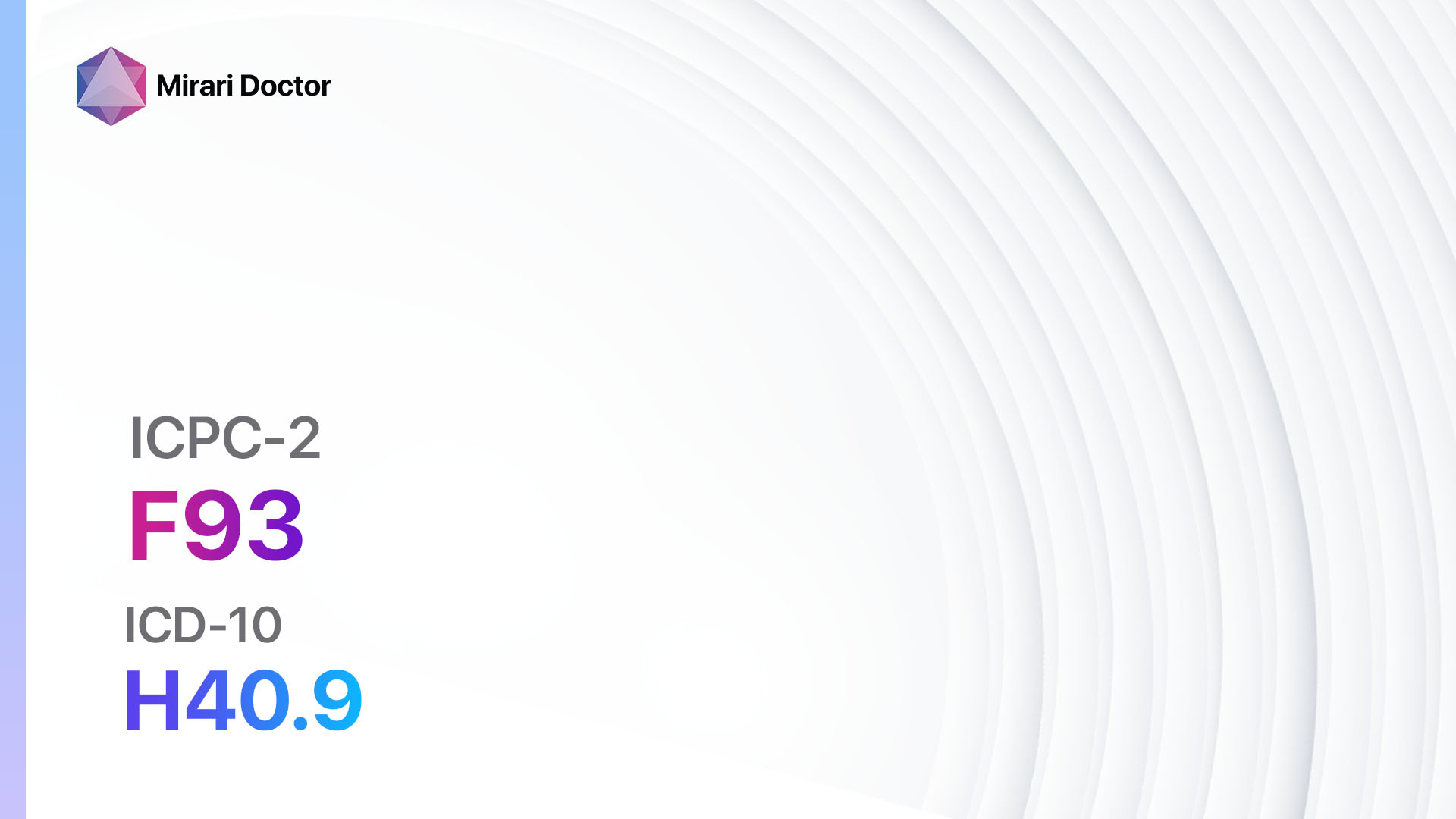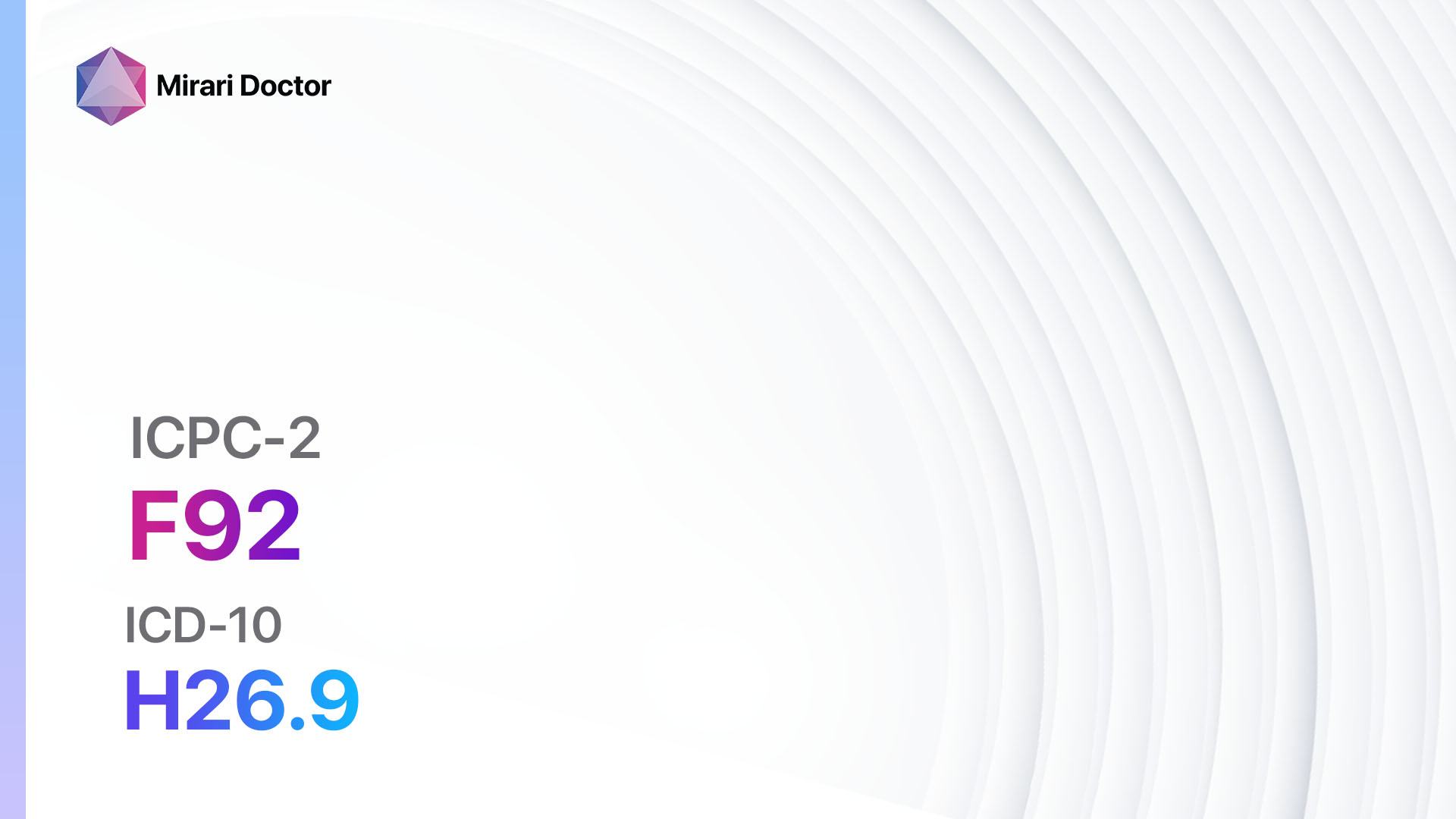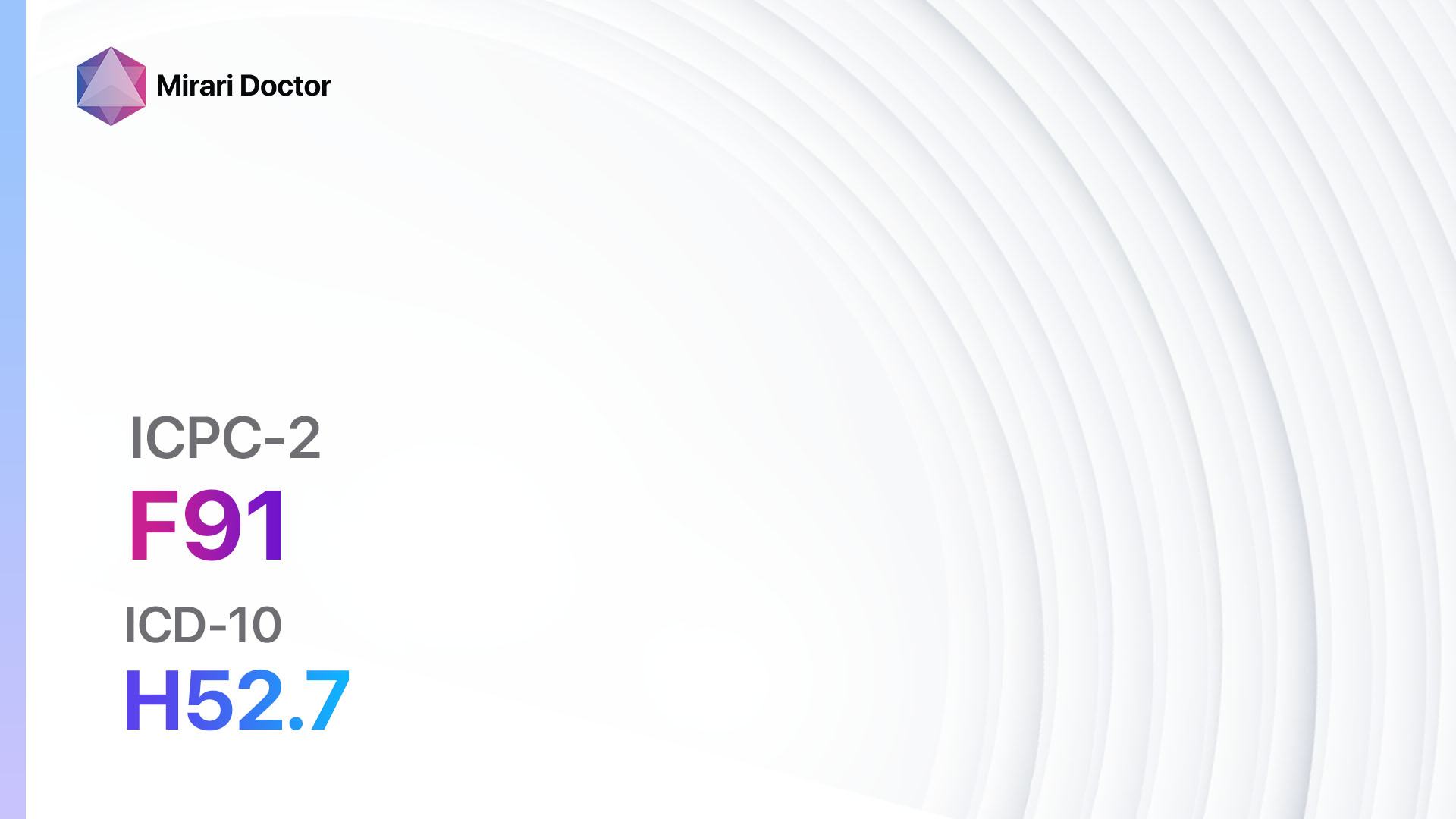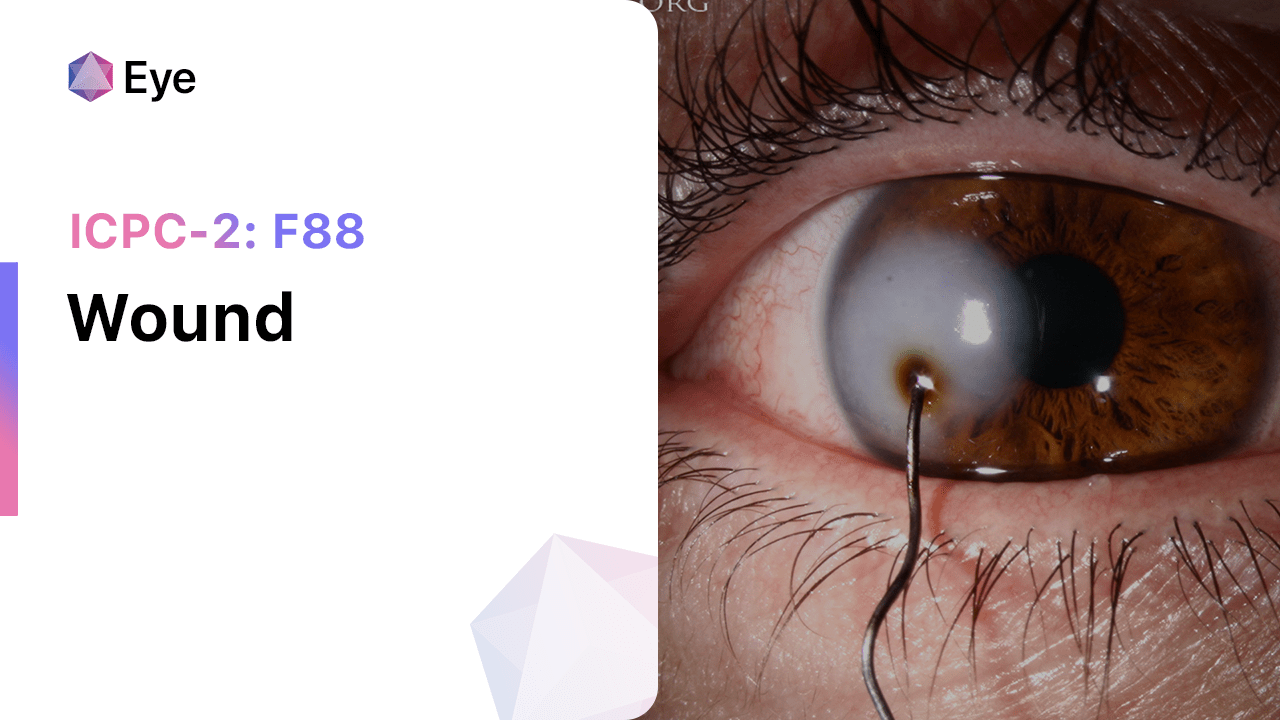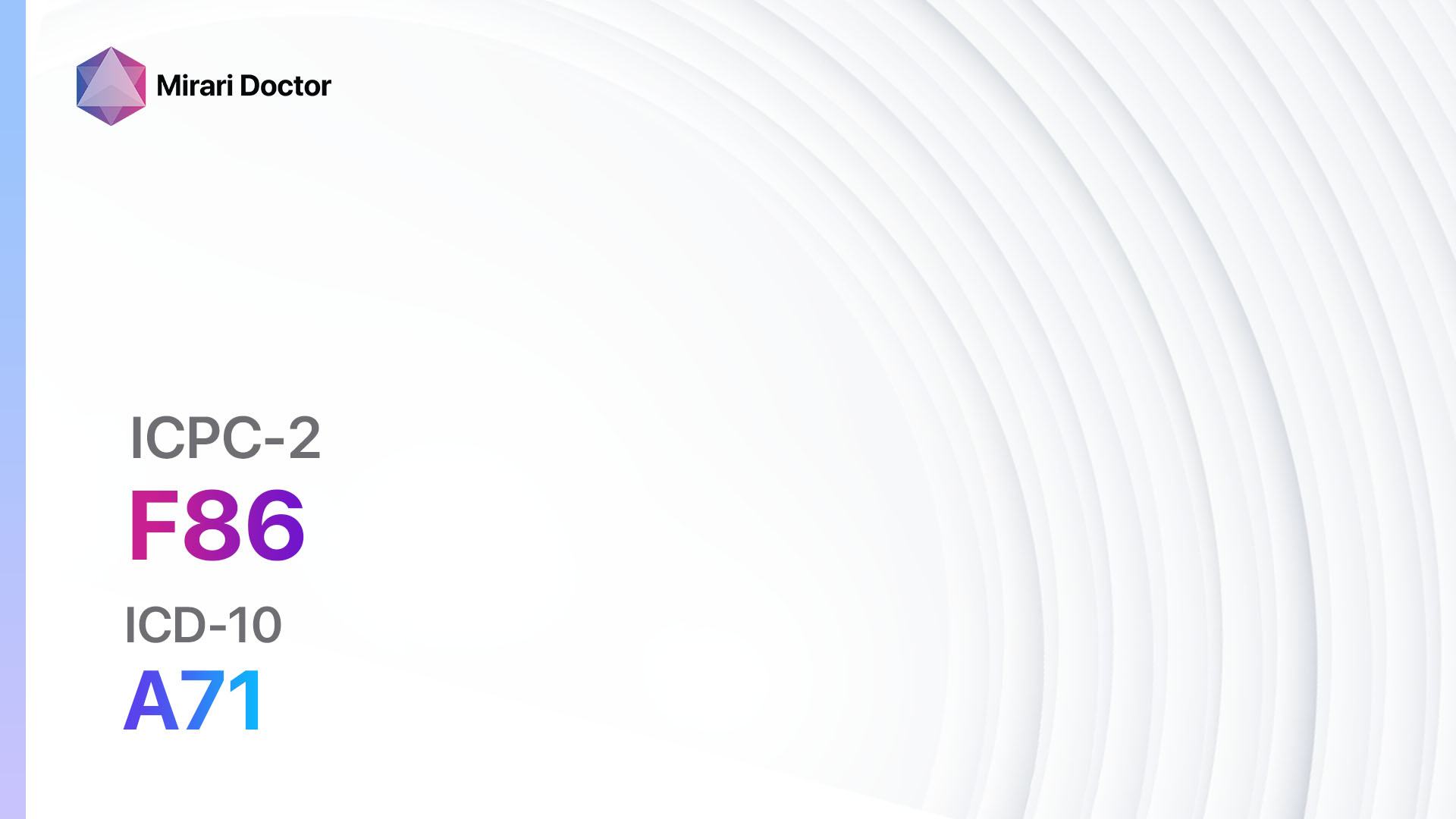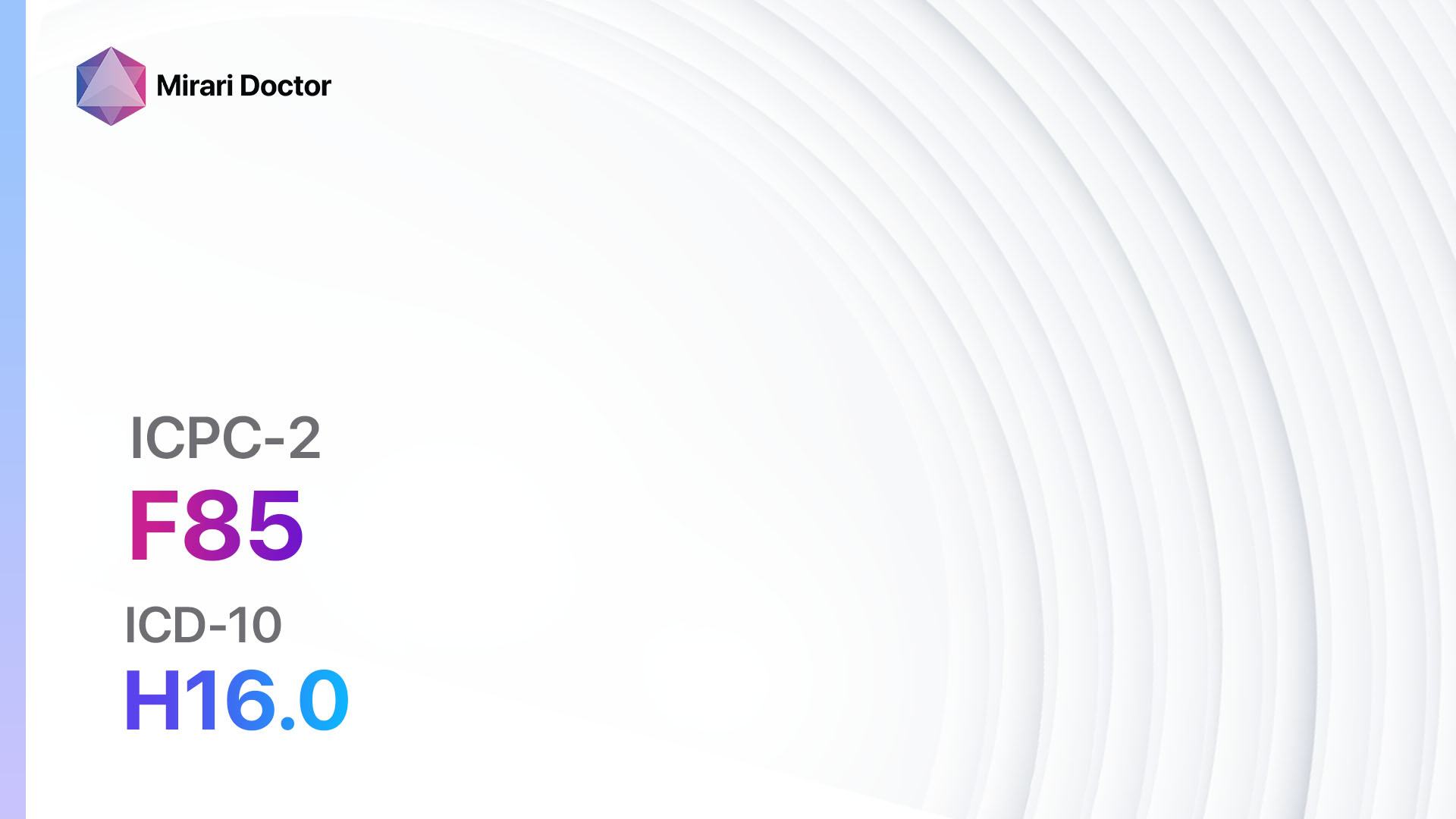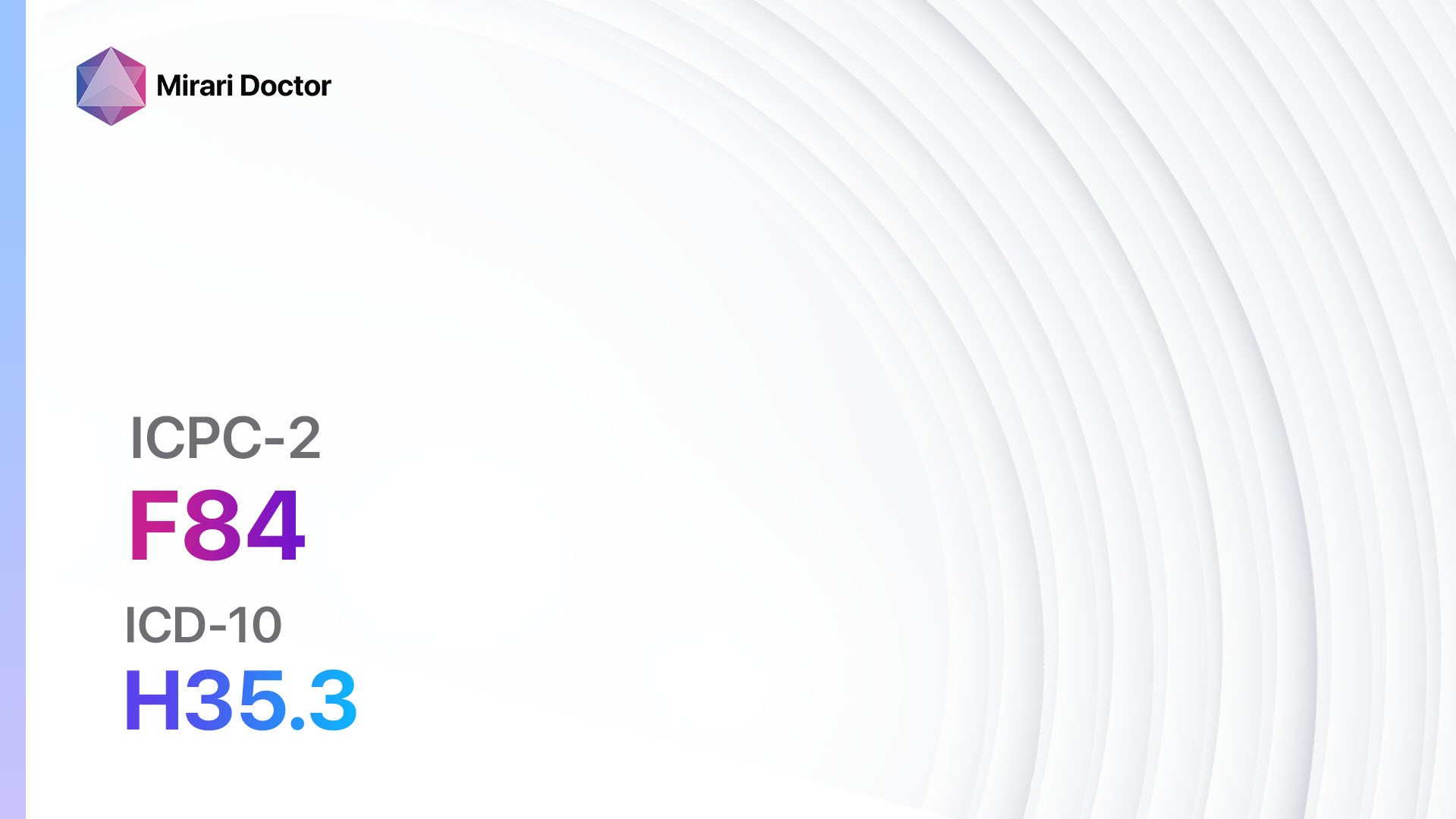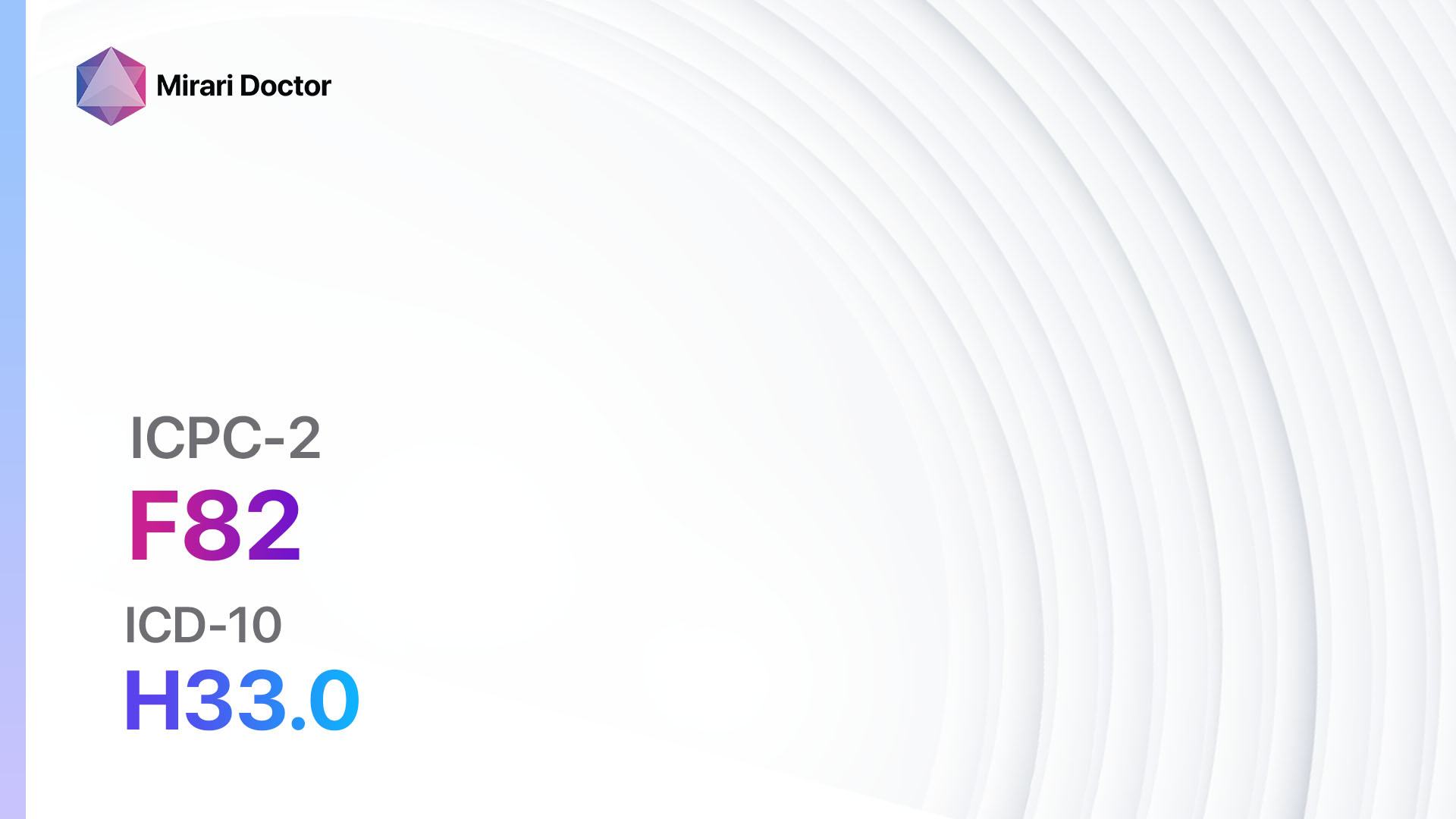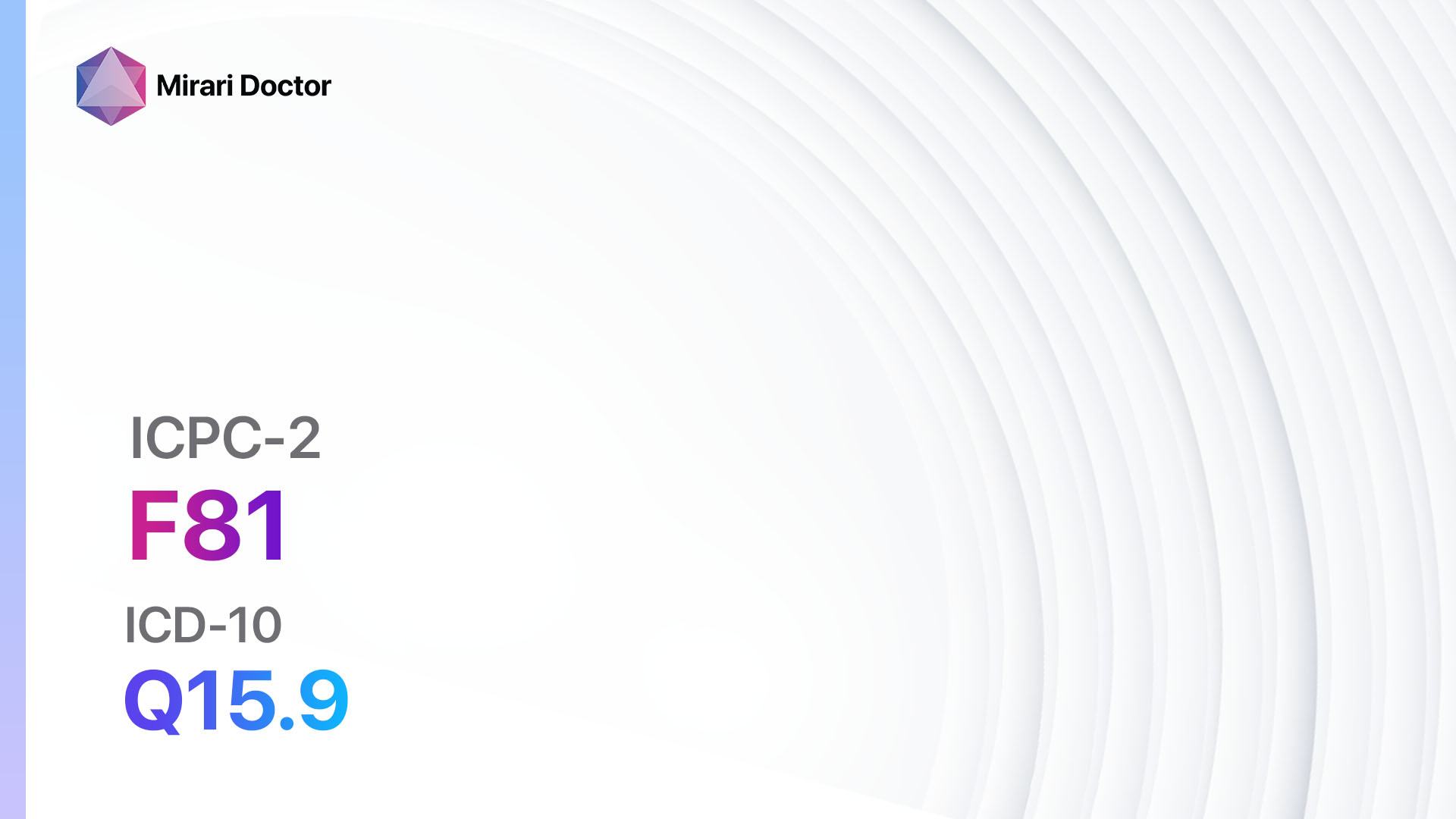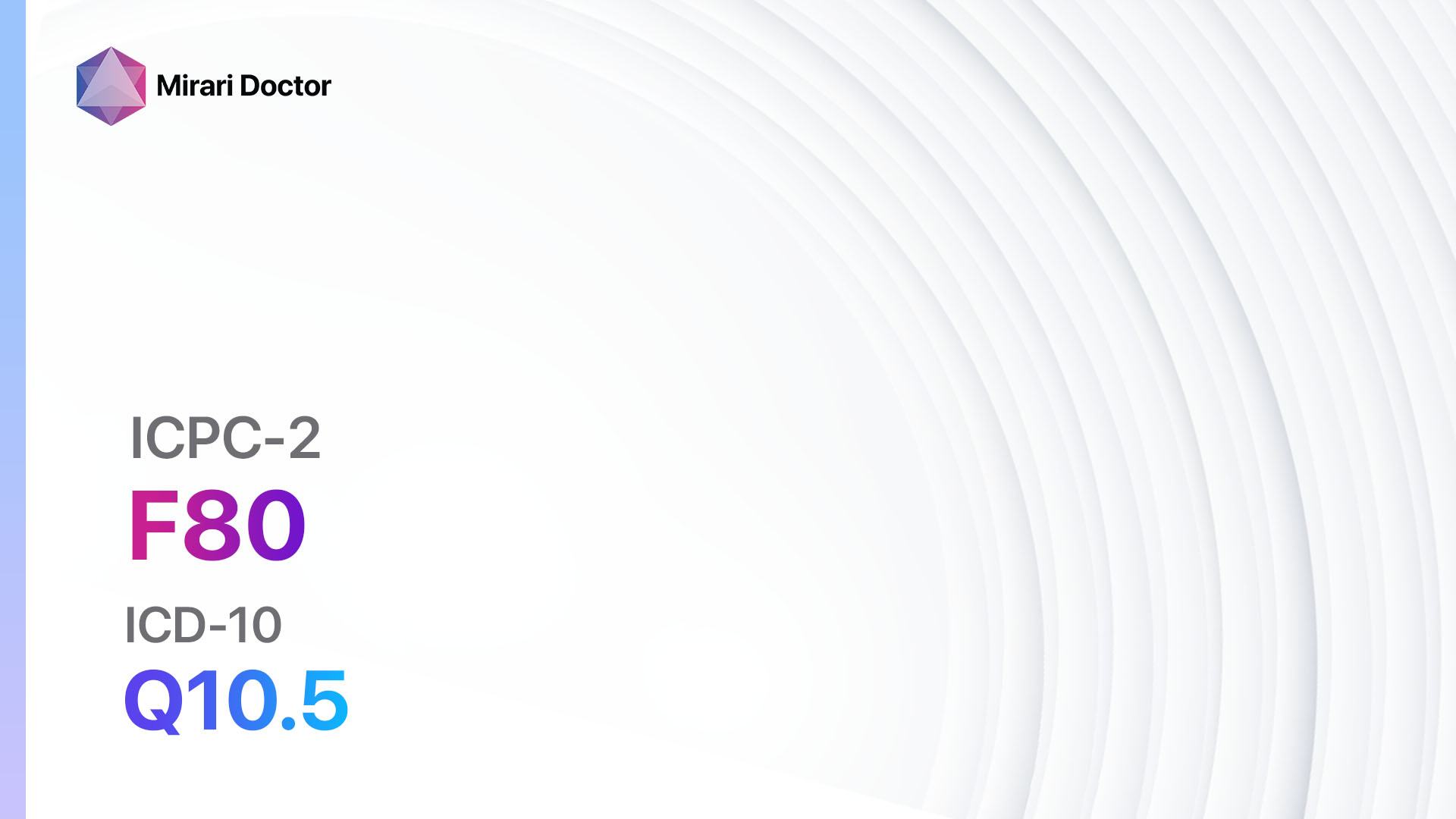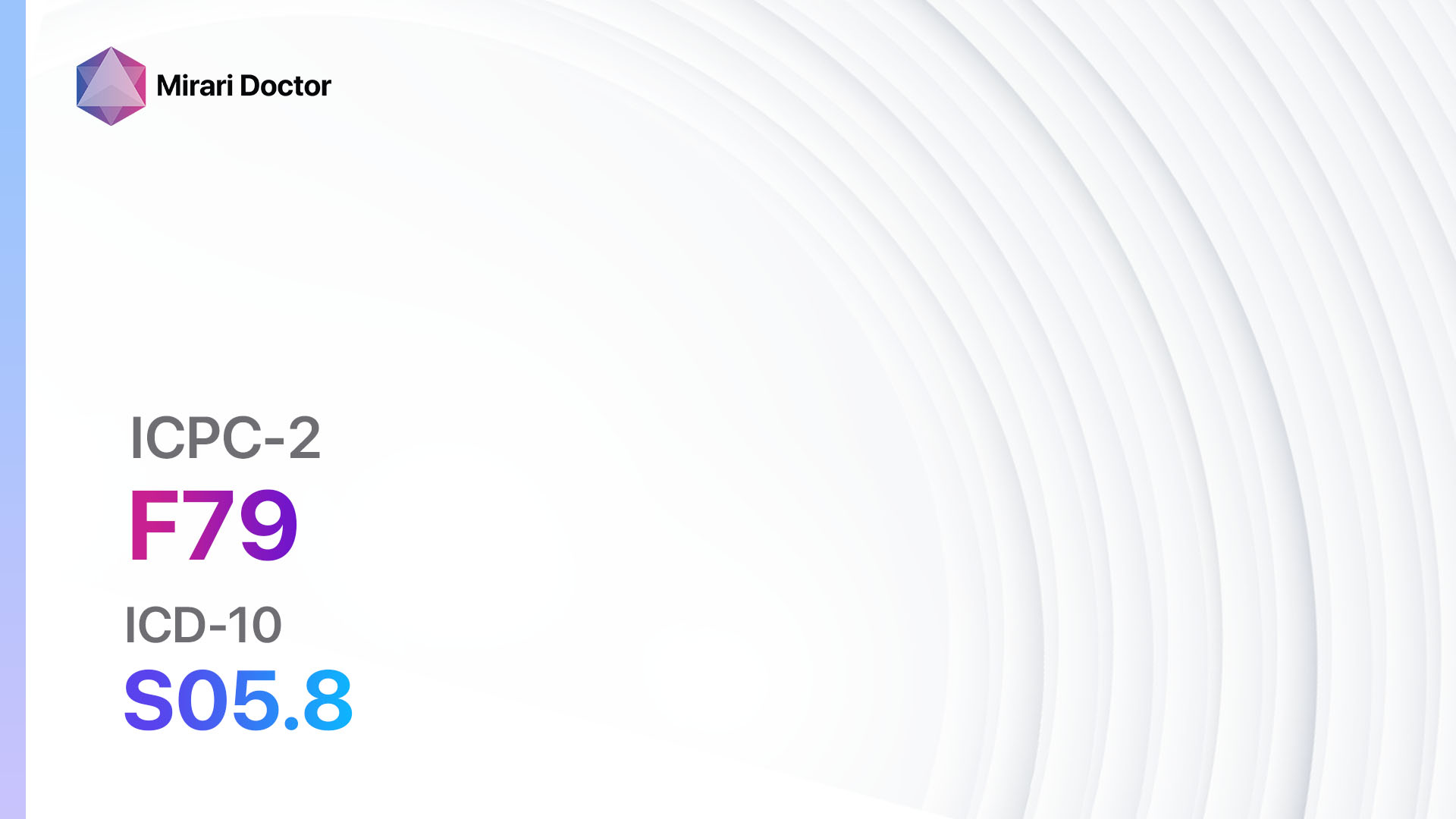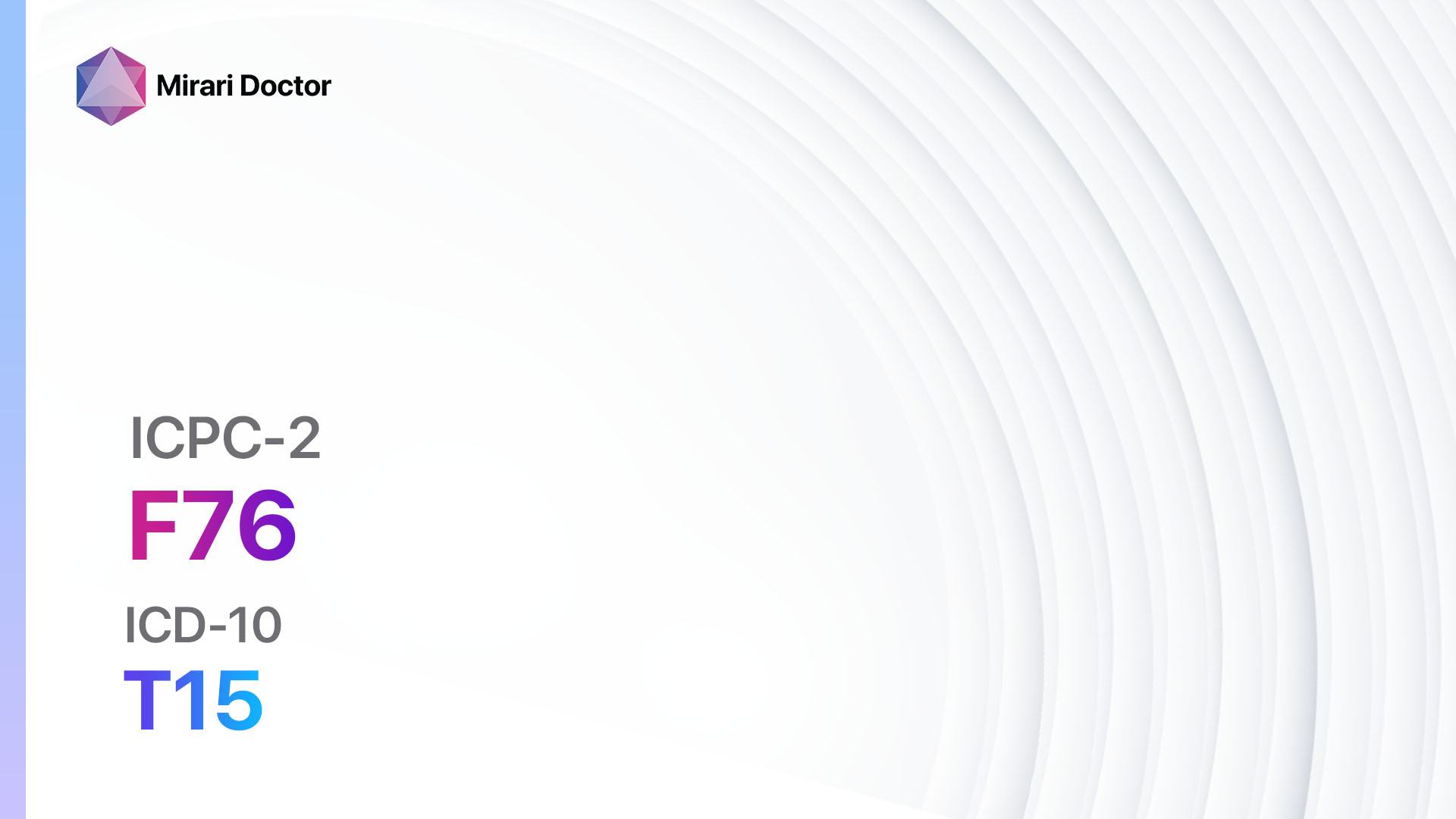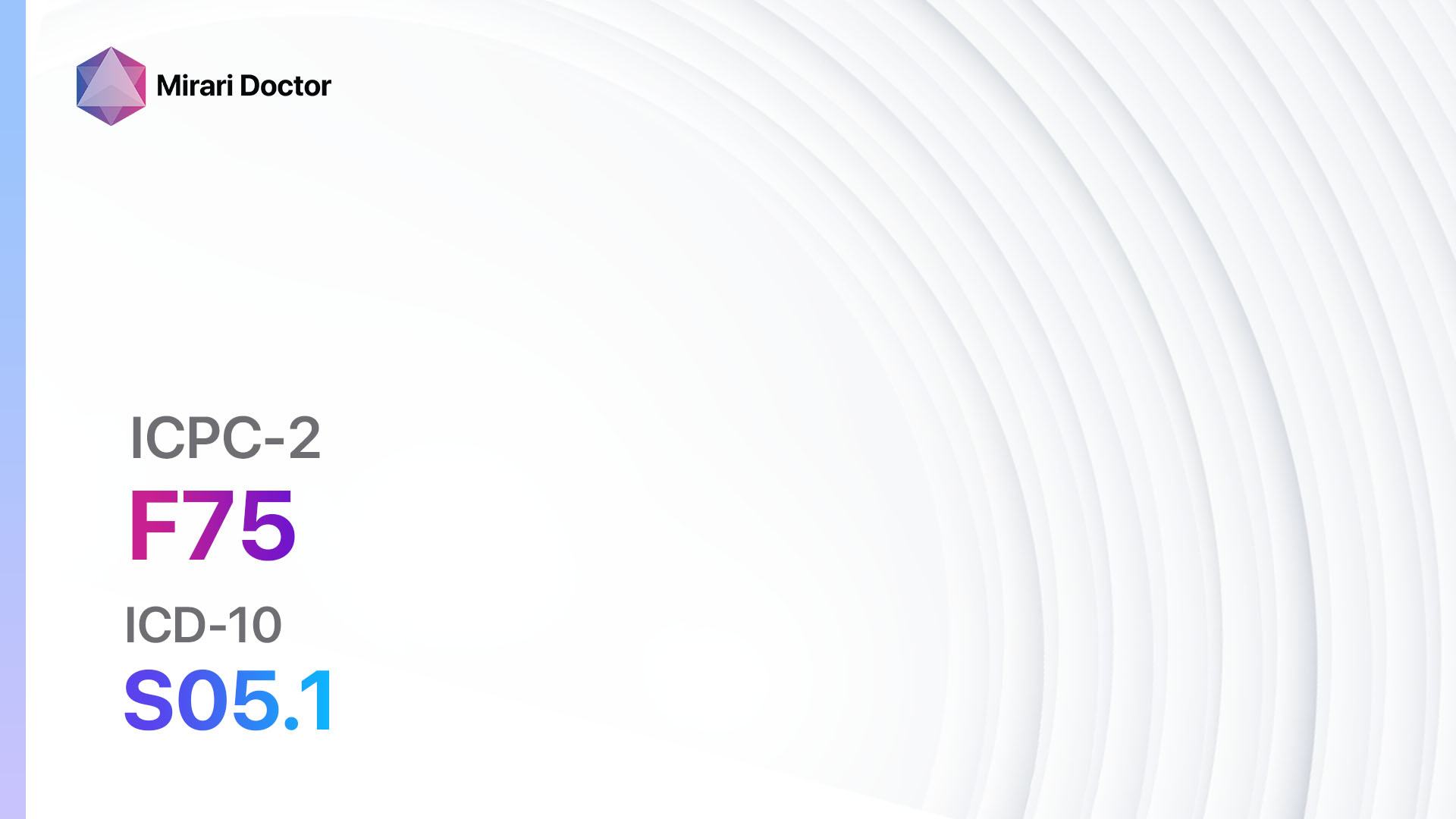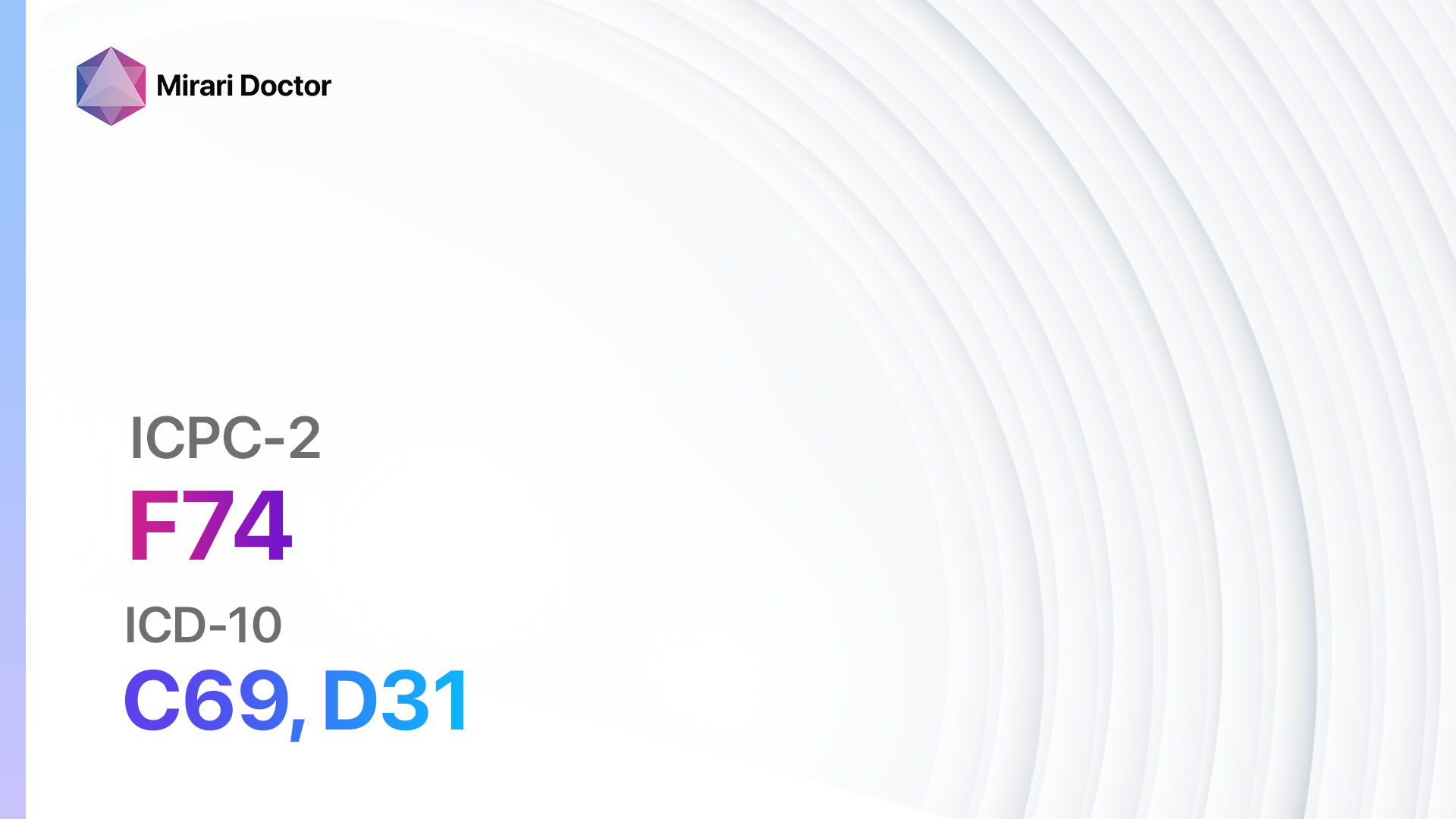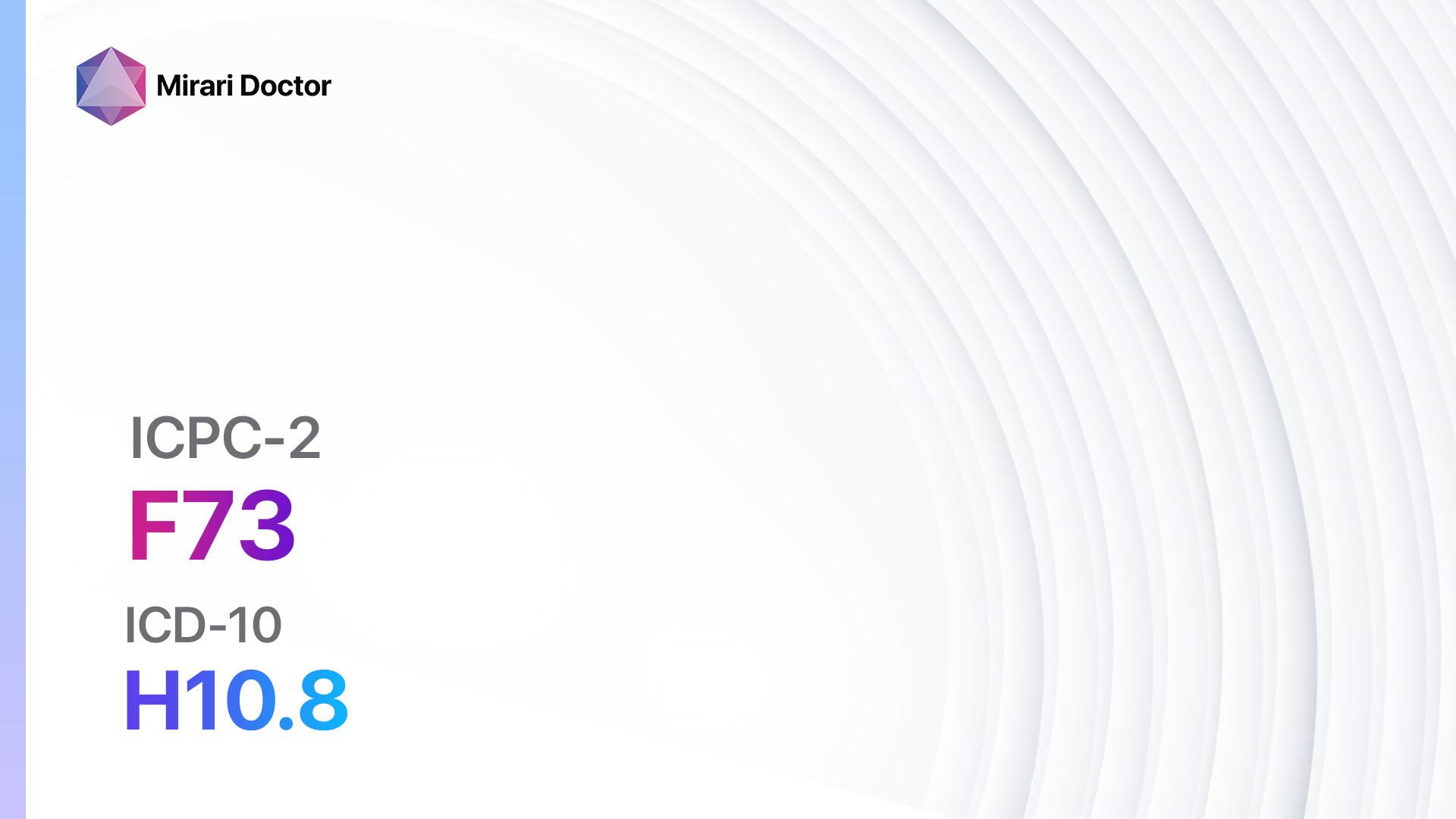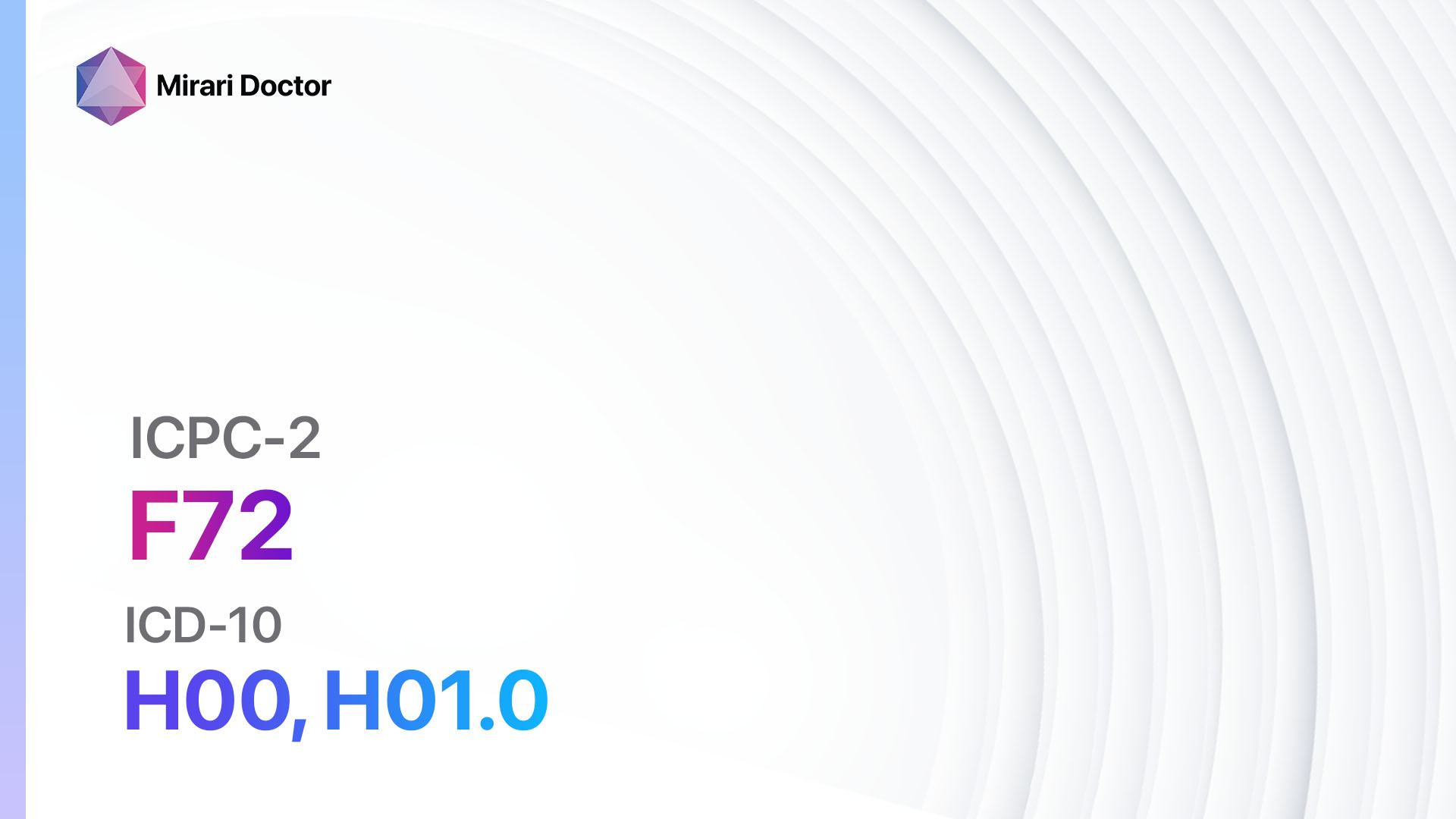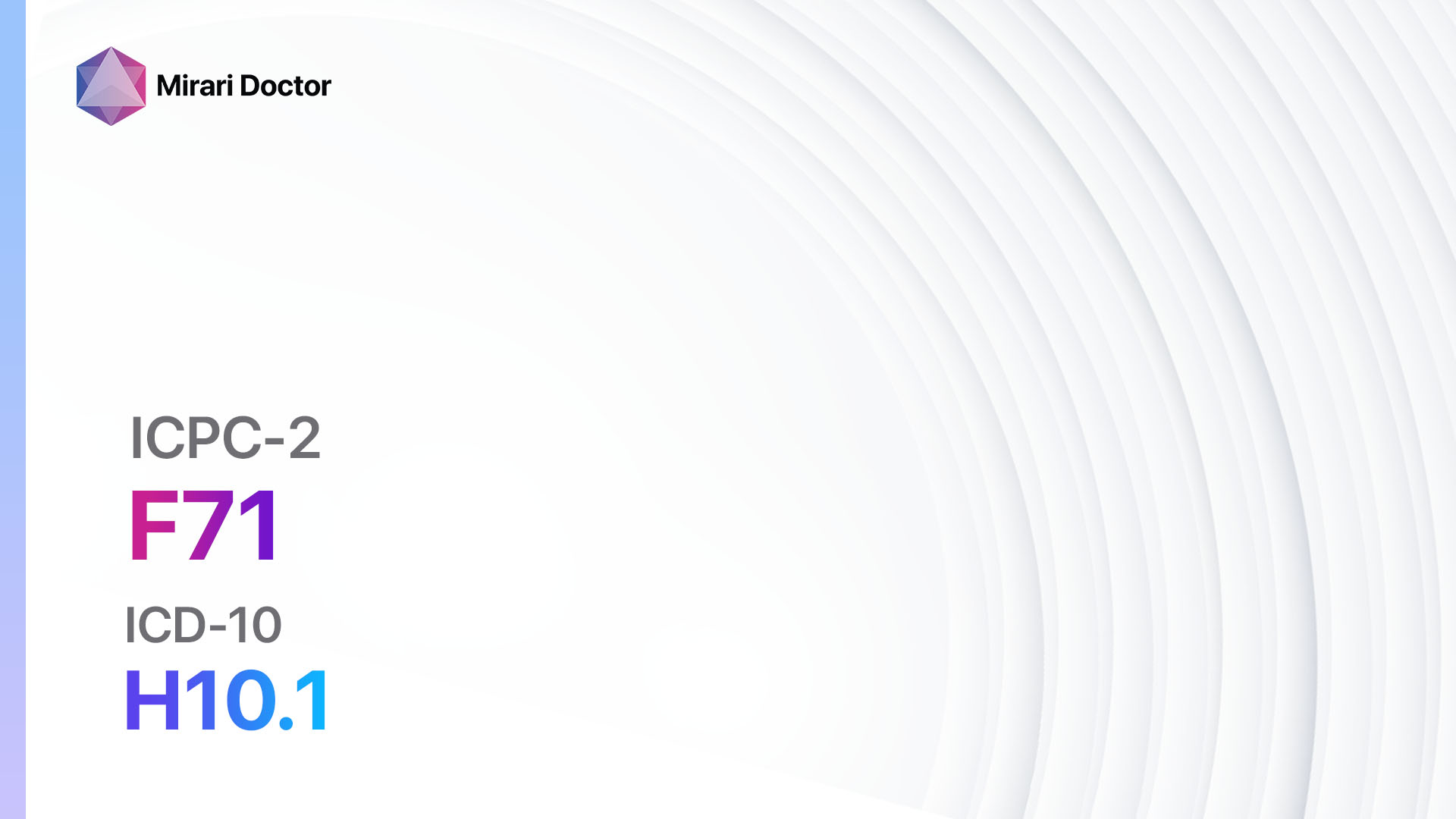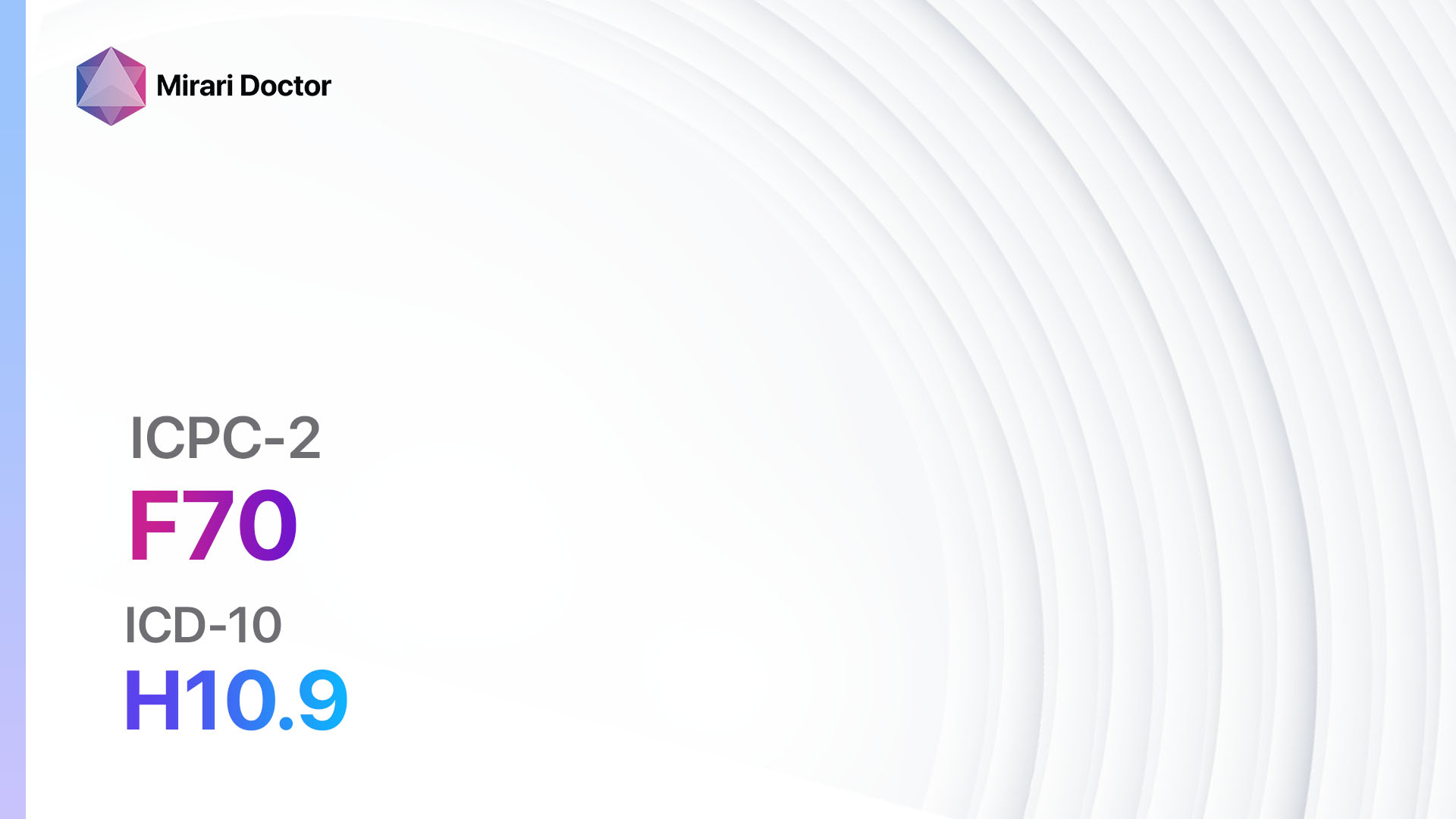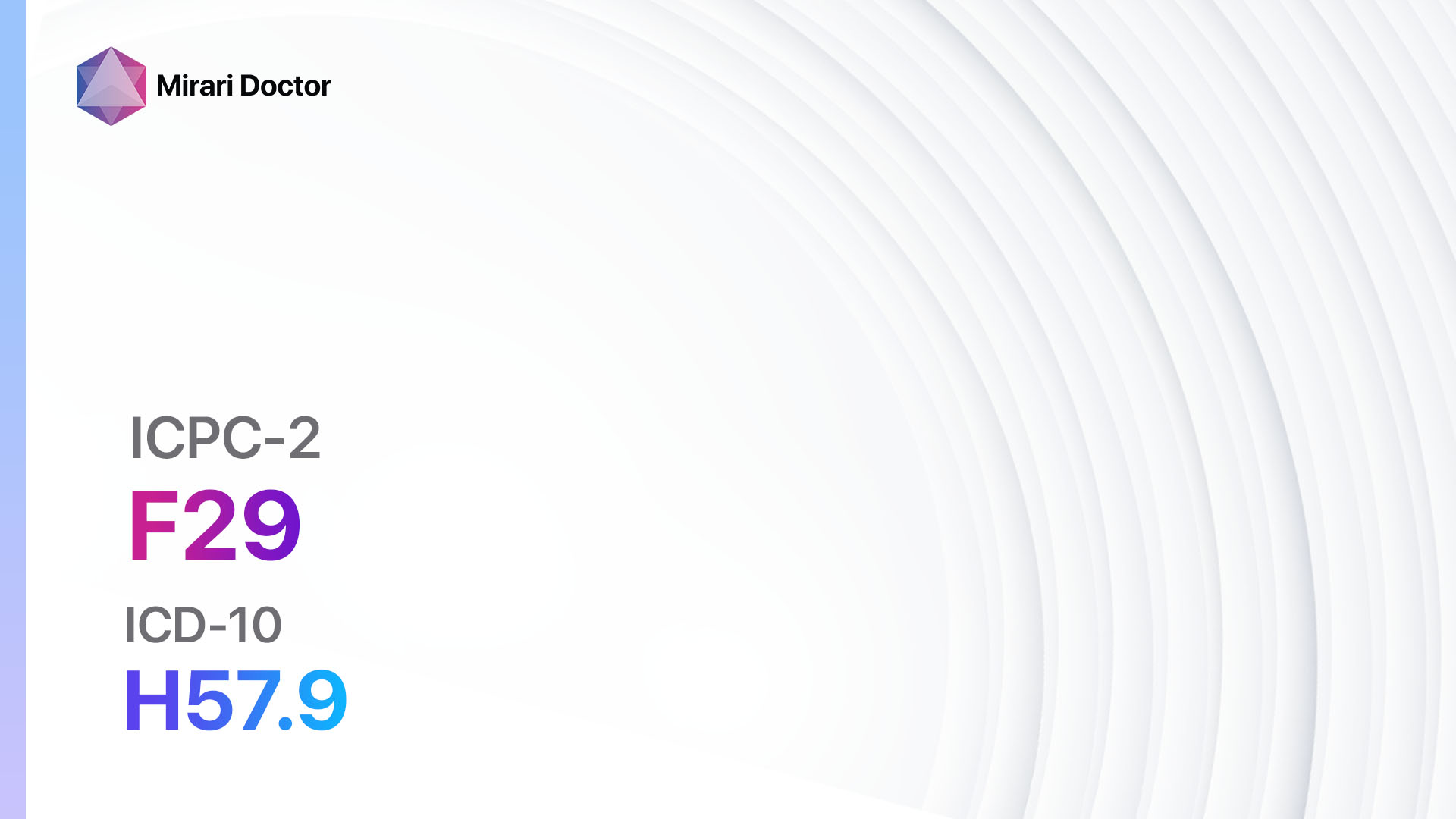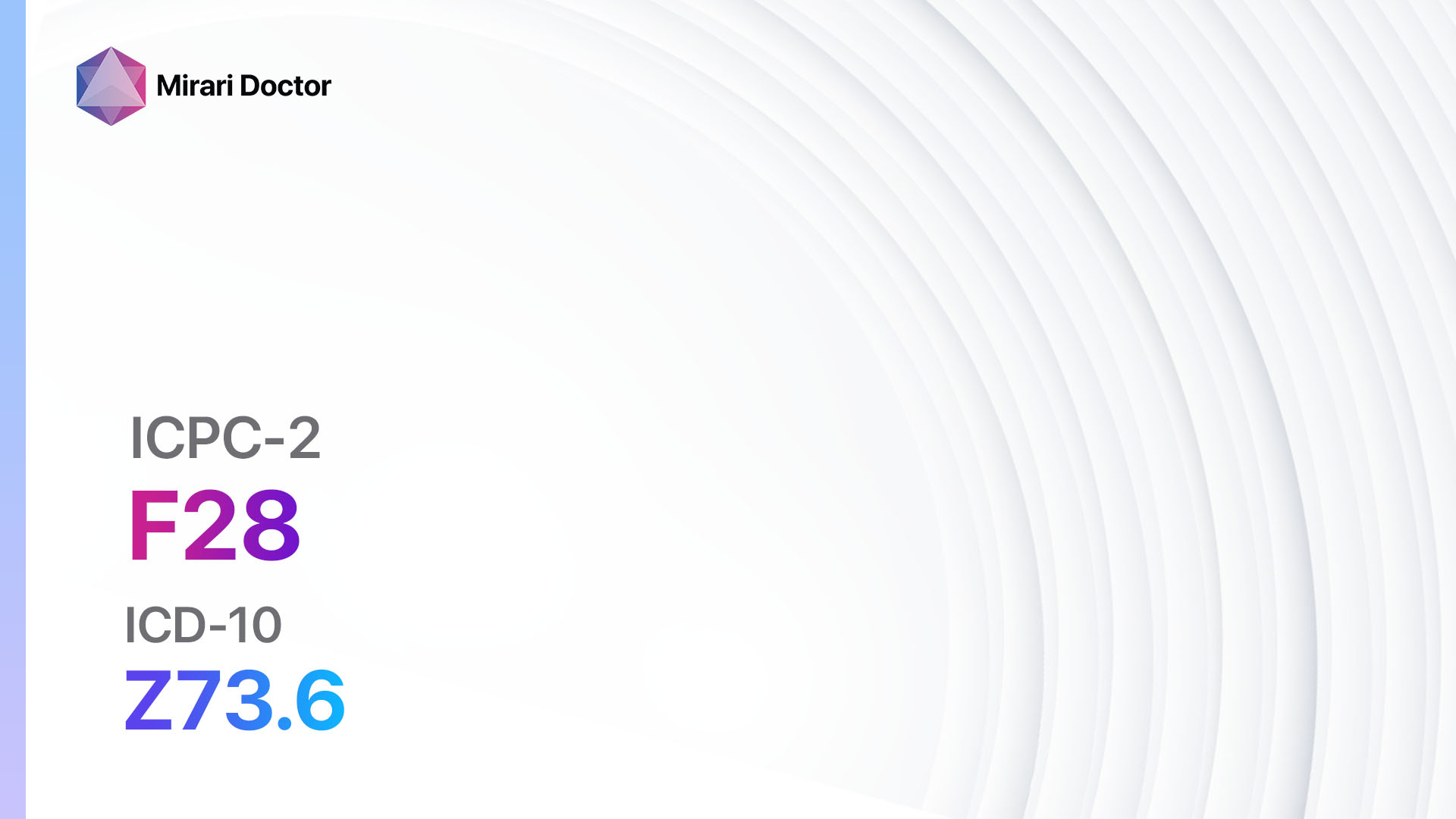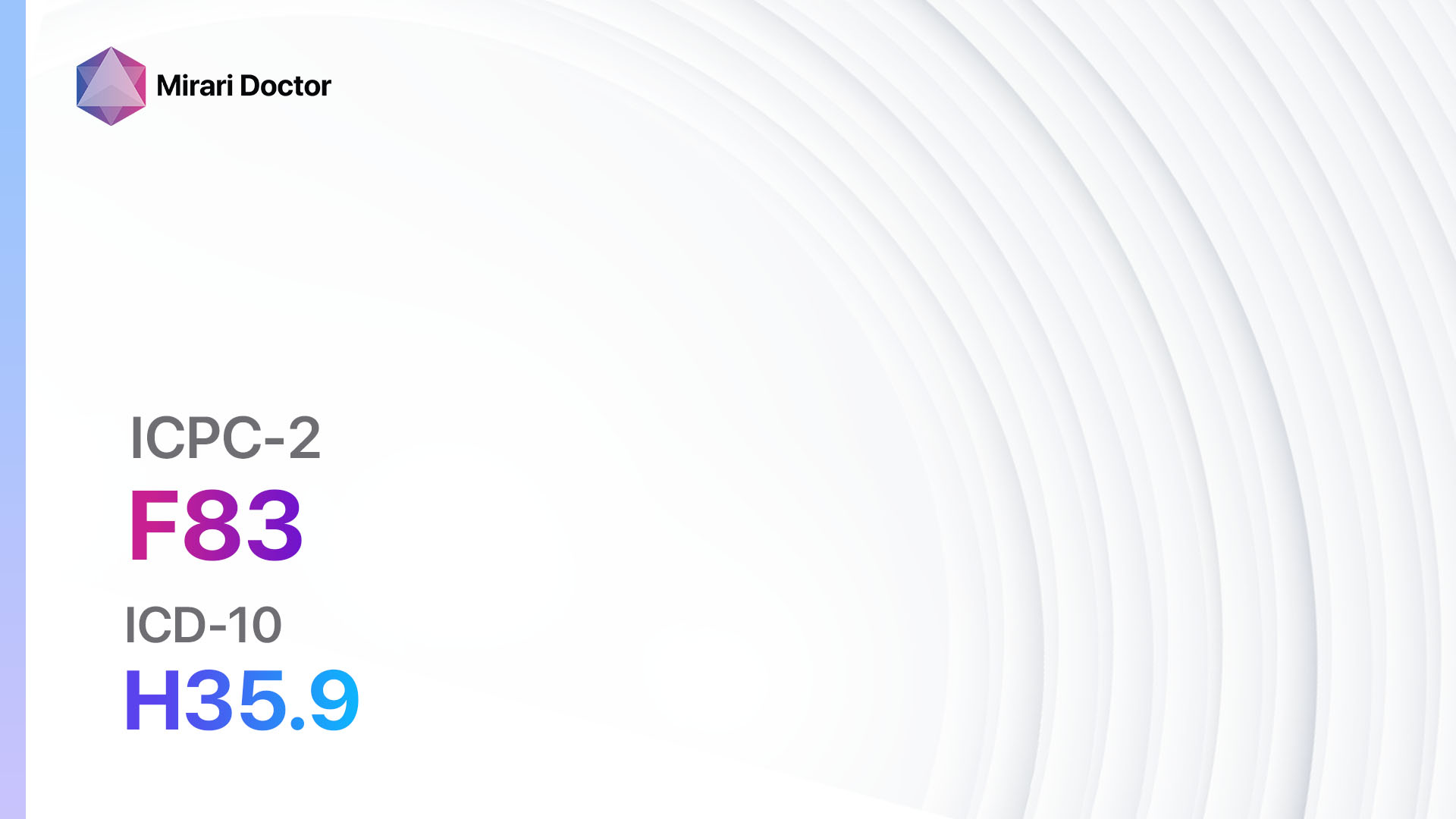
Introduction
Retinopathy is a condition that affects the blood vessels in the retina, the light-sensitive tissue at the back of the eye. It is a common complication of diabetes and can also be caused by other medical conditions or genetic factors[1][2]. Retinopathy can lead to vision loss or blindness if left untreated[3]. The aim of this guide is to provide healthcare professionals with a comprehensive overview of the diagnostic steps and possible interventions for retinopathy.
Codes
Symptoms
- Blurred vision: Patients may experience a gradual or sudden loss of sharpness in their vision[4].
- Floaters: Dark spots or strings may appear to float across thefield of vision[4].
- Dark or empty areas in vision: Patients may notice dark or empty areas in their central or peripheral vision[4].
- Difficulty seeing at night: Patients may have difficulty seeing in low light conditions[5].
- Color vision problems: Patients may have difficulty distinguishing between colors[6].
Causes
- Diabetes: Retinopathy is most commonly caused by diabetes, particularly if blood sugar levels are poorly controlled[1][7].
- Hypertension: High blood pressure can damage the blood vessels in the retina[8].
- High cholesterol: Elevated levels of cholesterol can contribute to the development of retinopathy[9].
- Smoking: Smoking increases the risk of retinopathy and can worsen the condition[10].
- Genetic factors: Some individuals may be genetically predisposed to developing retinopathy.
Diagnostic Steps
Medical History
- Obtain a detailed medical history, including information about the patient’s diabetes control, blood pressure levels, cholesterol levels, and smoking history.
- Ask about any symptoms the patient may be experiencing, such as blurred vision or floaters.
- Inquire about any family history of retinopathy or other eye conditions.
Physical Examination
- Perform a comprehensive eye examination, including visual acuity testing, intraocular pressure measurement, and examination of the retina using an ophthalmoscope.
- Look for signs of retinopathy, such as microaneurysms, hemorrhages, or cotton wool spots.
- Assess the patient’s overall health, including blood pressure measurement and evaluation of cardiovascular risk factors.
Laboratory Tests
- Fasting blood glucose: Measure the patient’s fasting blood glucose level to assess diabetes control.
- Hemoglobin A1c: Determine the patient’s average blood glucose level over the past 2-3 months.
- Lipid profile: Evaluate the patient’s cholesterol and triglyceride levels.
- Kidney function tests: Check renal function as retinopathy can be associated with kidney disease in diabetes.
- Complete blood count: Assess for anemia or other blood disorders that may contribute to retinopathy.
Diagnostic Imaging
- Fundus photography: Take photographs of the retina to document the presence and severity of retinopathy.
- Optical coherence tomography (OCT): Use OCT to obtain high-resolution cross-sectional images of the retina, allowing for detailed assessment of retinal thickness and the presence of fluid or swelling.
- Fluorescein angiography: Inject a fluorescent dye into the patient’s arm and take sequential photographs of the retina to assess blood flow and identify areas of leakage or abnormal blood vessels.
Other Tests
- Electroretinography (ERG): Measure the electrical responses of the retina to assess its function.
- Visual field testing: Evaluate the patient’s peripheral vision to detect any areas of visual field loss.
- Genetic testing: Consider genetic testing for patients with a family history of retinopathy or suspected genetic causes.
Follow-up and Patient Education
- Schedule regular follow-up appointments to monitor the progression of retinopathy and adjust treatment as needed.
- Educate patients about the importance of diabetes control, blood pressure management, and cholesterol control in preventing or slowing the progression of retinopathy.
- Encourage patients to undergo regular eye examinations and report any changes in vision or symptoms promptly.
Possible Interventions
Traditional Interventions
Medications:
Top 5 drugs for Retinopathy:
- Anti-VEGF agents (e.g., Bevacizumab, Ranibizumab):
- Cost: $1,800-$2,000 per injection.
- Contraindications: Hypersensitivity to the drug, active ocular infection.
- Side effects: Eye pain, increased intraocular pressure, conjunctival hemorrhage.
- Severe side effects: Retinal detachment, endophthalmitis.
- Drug interactions: None reported.
- Warning: Regular monitoring of intraocular pressure and signs of infection required.
- Corticosteroids (e.g., Triamcinolone, Dexamethasone):
- Cost: $500-$1,000 per injection.
- Contraindications: Active ocular infection, glaucoma.
- Side effects: Increased intraocular pressure, cataract formation.
- Severe side effects: Retinal detachment, endophthalmitis.
- Drug interactions: None reported.
- Warning: Regular monitoring of intraocular pressure and signs of infection required.
- Laser photocoagulation:
- Cost: $1,000-$2,000 per session.
- Contraindications: Macular edema involving the center of the macula.
- Side effects: Blurred vision, decreased night vision.
- Severe side effects: Retinal detachment, scarring.
- Drug interactions: None reported.
- Warning: May cause permanent vision loss in some cases.
- Vitrectomy:
- Cost: $5,000-$10,000 per procedure.
- Contraindications: Severe retinal detachment, uncontrolled glaucoma.
- Side effects: Floaters, cataract formation.
- Severe side effects: Retinal detachment, infection.
- Drug interactions: None reported.
- Warning: Requires a longer recovery period compared to other interventions.
- Intravitreal implants (e.g., Fluocinolone, Dexamethasone):
- Cost: $1,500-$2,500 per implant.
- Contraindications: Active ocular infection, glaucoma.
- Side effects: Increased intraocular pressure, cataract formation.
- Severe side effects: Retinal detachment, endophthalmitis.
- Drug interactions: None reported.
- Warning: Regular monitoring of intraocular pressure and signs of infection required.
Surgical Procedures:
- Vitrectomy: Removal of the vitreous gel and any scar tissue or blood from the eye to improve vision. Cost: $5,000-$10,000 per procedure.
- Retinal detachment repair: Surgical reattachment of the retina to the back of the eye. Cost: $5,000-$10,000 per procedure.
Alternative Interventions
- Acupuncture: May help improve blood flow and reduce pain. Cost: $60-$120 per session.
- Chelation therapy: Controversial treatment involving the administration of chelating agents to remove heavy metals from the body. Cost: $75-$150 per session.
- Hyperbaric oxygen therapy: Involves breathing pure oxygen in a pressurized chamber to increase oxygen delivery to tissues. Cost: $200-$300 per session.
- Herbal supplements: Some herbs, such as bilberry and ginkgo biloba, may have potential benefits for improving retinal health. Cost: Varies depending on the specific supplement.
Lifestyle Interventions
- Blood sugar control: Encourage patients to maintain good glycemic control through diet, exercise, and medication adherence.
- Blood pressure management: Advise patients to monitor and control their blood pressure through lifestyle modifications and medication if necessary.
- Cholesterol control: Emphasize the importance of maintaining healthy cholesterol levels through diet, exercise, and medication if needed.
- Smoking cessation: Encourage patients to quit smoking to reduce the risk of retinopathy progression.
- Regular exercise: Promote regular physical activity to improve overall cardiovascular health and blood flow to the eyes.
It is important to note that the cost ranges provided are approximate and may vary depending on the location and availability of the interventions.
Mirari Cold Plasma Alternative Intervention
Understanding Mirari Cold Plasma
- Safe and Non-Invasive Treatment: Mirari Cold Plasma is a safe and non-invasive treatment option for various skin conditions. It does not require incisions, minimizing the risk of scarring, bleeding, or tissue damage.
- Efficient Extraction of Foreign Bodies: Mirari Cold Plasma facilitates the removal of foreign bodies from the skin by degrading and dissociating organic matter, allowing easier access and extraction.
- Pain Reduction and Comfort: Mirari Cold Plasma has a local analgesic effect, providing pain relief during the treatment, making it more comfortable for the patient.
- Reduced Risk of Infection: Mirari Cold Plasma has antimicrobial properties, effectively killing bacteria and reducing the risk of infection.
- Accelerated Healing and Minimal Scarring: Mirari Cold Plasma stimulates wound healing and tissue regeneration, reducing healing time and minimizing the formation of scars.
Mirari Cold Plasma Prescription
Video instructions for using Mirari Cold Plasma Device – F83 Retinopathy (ICD-10:H35.9)
| Mild | Moderate | Severe |
| Mode setting: 1 (Infection) Location: 7 (Neuro system & ENT) Morning: 15 minutes, Evening: 15 minutes |
Mode setting: 1 (Infection) Location: 7 (Neuro system & ENT) Morning: 30 minutes, Lunch: 30 minutes, Evening: 30 minutes |
Mode setting: 1 (Infection) Location: 7 (Neuro system & ENT) Morning: 30 minutes, Lunch: 30 minutes, Evening: 30 minutes |
| Mode setting: 2 (Wound Healing) Location: 7 (Neuro system & ENT) Morning: 15 minutes, Evening: 15 minutes |
Mode setting: 2 (Wound Healing) Location: 7 (Neuro system & ENT) Morning: 30 minutes, Lunch: 30 minutes, Evening: 30 minutes |
Mode setting: 2 (Wound Healing) Location: 7 (Neuro system & ENT) Morning: 30 minutes, Lunch: 30 minutes, Evening: 30 minutes |
| Mode setting: 3 (Antiviral Therapy) Location: 7 (Neuro system & ENT) Morning: 15 minutes, Evening: 15 minutes |
Mode setting: 3 (Antiviral Therapy) Location: 7 (Neuro system & ENT) Morning: 30 minutes, Lunch: 30 minutes, Evening: 30 minutes |
Mode setting: 3 (Antiviral Therapy) Location: 7 (Neuro system & ENT) Morning: 30 minutes, Lunch: 30 minutes, Evening: 30 minutes |
| Total Morning: 45 minutes approx. $7.50 USD, Evening: 45 minutes approx. $7.50 USD |
Total Morning: 90 minutes approx. $15 USD, Lunch: 90 minutes approx. $15 USD, Evening: 90 minutes approx. $15 USD, |
Total Morning: 90 minutes approx. $15 USD, Lunch: 90 minutes approx. $15 USD, Evening: 90 minutes approx. $15 USD, |
| Usual treatment for 7-60 days approx. $105 USD – $900 USD | Usual treatment for 6-8 weeks approx. $1,890 USD – $2,520 USD |
Usual treatment for 3-6 months approx. $4,050 USD – $8,100 USD
|
 |
|
Use the Mirari Cold Plasma device to treat Retinopathy effectively.
WARNING: MIRARI COLD PLASMA IS DESIGNED FOR THE HUMAN BODY WITHOUT ANY ARTIFICIAL OR THIRD PARTY PRODUCTS. USE OF OTHER PRODUCTS IN COMBINATION WITH MIRARI COLD PLASMA MAY CAUSE UNPREDICTABLE EFFECTS, HARM OR INJURY. PLEASE CONSULT A MEDICAL PROFESSIONAL BEFORE COMBINING ANY OTHER PRODUCTS WITH USE OF MIRARI.
Step 1: Cleanse the Skin
- Start by cleaning the affected area of the skin with a gentle cleanser or mild soap and water. Gently pat the area dry with a clean towel.
Step 2: Prepare the Mirari Cold Plasma device
- Ensure that the Mirari Cold Plasma device is fully charged or has fresh batteries as per the manufacturer’s instructions. Make sure the device is clean and in good working condition.
- Switch on the Mirari device using the power button or by following the specific instructions provided with the device.
- Some Mirari devices may have adjustable settings for intensity or treatment duration. Follow the manufacturer’s instructions to select the appropriate settings based on your needs and the recommended guidelines.
Step 3: Apply the Device
- Place the Mirari device in direct contact with the affected area of the skin. Gently glide or hold the device over the skin surface, ensuring even coverage of the area experiencing.
- Slowly move the Mirari device in a circular motion or follow a specific pattern as indicated in the user manual. This helps ensure thorough treatment coverage.
Step 4: Monitor and Assess:
- Keep track of your progress and evaluate the effectiveness of the Mirari device in managing your Retinopathy. If you have any concerns or notice any adverse reactions, consult with your health care professional.
Note
This guide is for informational purposes only and should not replace the advice of a medical professional. Always consult with your healthcare provider or a qualified medical professional for personal advice, diagnosis, or treatment. Do not solely rely on the information presented here for decisions about your health. Use of this information is at your own risk. The authors of this guide, nor any associated entities or platforms, are not responsible for any potential adverse effects or outcomes based on the content.
Mirari Cold Plasma System Disclaimer
- Purpose: The Mirari Cold Plasma System is a Class 2 medical device designed for use by trained healthcare professionals. It is registered for use in Thailand and Vietnam. It is not intended for use outside of these locations.
- Informational Use: The content and information provided with the device are for educational and informational purposes only. They are not a substitute for professional medical advice or care.
- Variable Outcomes: While the device is approved for specific uses, individual outcomes can differ. We do not assert or guarantee specific medical outcomes.
- Consultation: Prior to utilizing the device or making decisions based on its content, it is essential to consult with a Certified Mirari Tele-Therapist and your medical healthcare provider regarding specific protocols.
- Liability: By using this device, users are acknowledging and accepting all potential risks. Neither the manufacturer nor the distributor will be held accountable for any adverse reactions, injuries, or damages stemming from its use.
- Geographical Availability: This device has received approval for designated purposes by the Thai and Vietnam FDA. As of now, outside of Thailand and Vietnam, the Mirari Cold Plasma System is not available for purchase or use.
References
- Rothmann M, Nyland AH, Hammelsvang L, Petersen L, Kirketerp G, Henriksen JE. Patient education on retinopathy. Wiley Online Library. https://onlinelibrary.wiley.com/doi/full/10.1002/edn.179. Accessed June 18, 2024.
- Retinopathy: what is it, symptoms and treatment. Top Doctors. https://www.topdoctors.co.uk/medical-dictionary/retinopathy. Accessed June 18, 2024.
- Retinopathy. Drugs.com. https://www.drugs.com/health-guide/retinopathy.html. Accessed June 18, 2024.
- Diabetic Retinopathy. National Eye Institute. https://www.nei.nih.gov/learn-about-eye-health/eye-conditions-and-diseases/diabetic-retinopathy. Accessed June 18, 2024.
- Retinopathy. JAMA Network. https://jamanetwork.com/journals/jama/fullarticle/208559. Accessed June 18, 2024.
- Diabetic Retinopathy | Clinical Features. Geeky Medics. https://geekymedics.com/diabetic-retinopathy/. Accessed June 18, 2024.
- Diabetic retinopathy – Symptoms & causes. Mayo Clinic. https://www.mayoclinic.org/diseases-conditions/diabetic-retinopathy/symptoms-causes/syc-20371611. Accessed June 18, 2024.
- Recognising and managing diabetic retinopathy. PMC – NCBI. https://www.ncbi.nlm.nih.gov/pmc/articles/PMC3218392/. Accessed June 18, 2024.
- Ophthalmic imaging in diabetic retinopathy: A review. PMC – NCBI. https://www.ncbi.nlm.nih.gov/pmc/articles/PMC10088017/. Accessed June 18, 2024.
- Standard Tools and Tests for Diagnosing Diabetic Retinopathy. Modern Optometry. https://modernod.com/articles/2019-june/standard-tools-and-tests-fordiagnosing-diabetic-retinopathy. Accessed June 18, 2024.
Related articles
Made in USA


